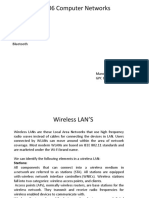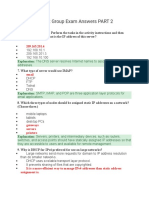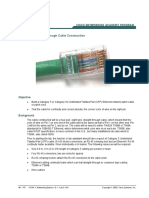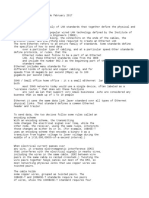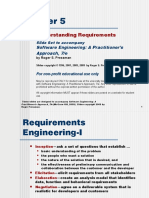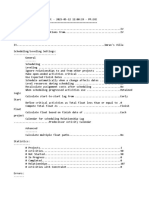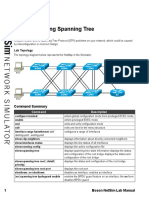0% found this document useful (0 votes)
273 views16 pagesNetwork Address Mapping Guide
This document discusses address mapping protocols like ARP, RARP, BOOTP, and DHCP. It provides details on ARP packets, encapsulation, ARP operation with different cases, proxy ARP, and issues with RARP. It then covers how RARP, BOOTP, and DHCP are used to map physical addresses to logical IP addresses on boot for diskless systems to obtain network configuration.
Uploaded by
YELCHURI VENKATA NAGASAI RAVI TEJACopyright
© © All Rights Reserved
We take content rights seriously. If you suspect this is your content, claim it here.
Available Formats
Download as PDF, TXT or read online on Scribd
0% found this document useful (0 votes)
273 views16 pagesNetwork Address Mapping Guide
This document discusses address mapping protocols like ARP, RARP, BOOTP, and DHCP. It provides details on ARP packets, encapsulation, ARP operation with different cases, proxy ARP, and issues with RARP. It then covers how RARP, BOOTP, and DHCP are used to map physical addresses to logical IP addresses on boot for diskless systems to obtain network configuration.
Uploaded by
YELCHURI VENKATA NAGASAI RAVI TEJACopyright
© © All Rights Reserved
We take content rights seriously. If you suspect this is your content, claim it here.
Available Formats
Download as PDF, TXT or read online on Scribd
/ 16



